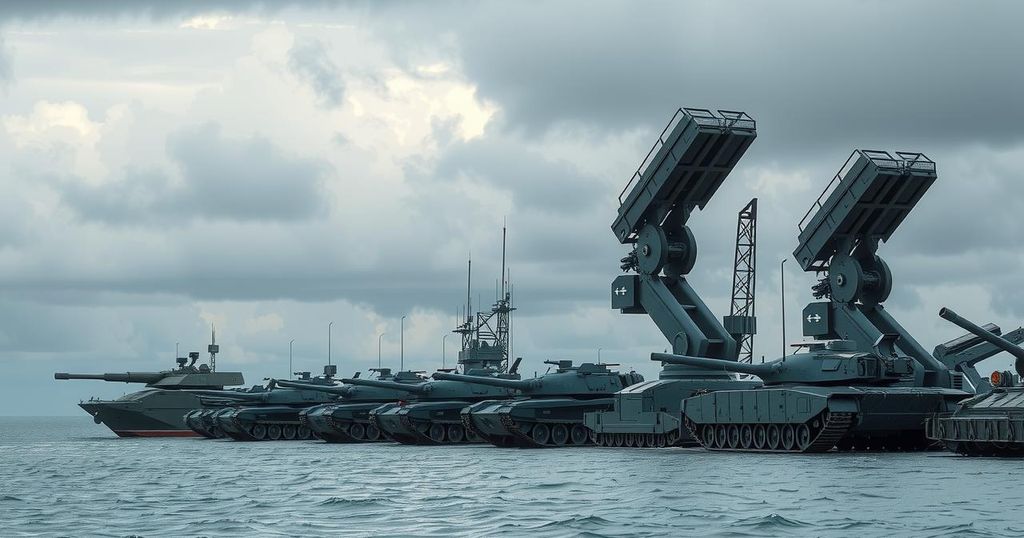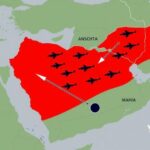U.S. Enhances Military Presence in Japan with F-15EX Fighter Jets Deployment
The U.S. will deploy F-15EX Eagle II jets to Kadena Air Base, Japan, between March and June 2026, as part of efforts to counter China’s aggression. The deployment comes amid discussions about U.S. security commitments to its allies in Northeast Asia. Kadena, crucial in the U.S. defense strategy, showcases a transition from older fighter models to modern capabilities.
The United States plans to deploy its latest fighter jets, the F-15EX Eagle II, to Kadena Air Base in Japan between March and June 2026, in response to perceived threats from China. Kadena serves as a key hub for U.S. air power located on Okinawa, which is integral to the U.S. defense strategy aimed at containing the Chinese military presence in the region.
Kadena Air Base is notably the closest U.S. air base to Taiwan, an island that China claims as its territory. President Donald Trump’s recent remarks questioning the U.S. commitment to protect its allies have raised concerns about security collaborations in Northeast Asia, particularly regarding Japan, the United States’ treaty ally.
Brigadier General Nicholas Evans, commander of the U.S. Air Force’s 18th Wing at Kadena, discussed the F-15EX deployment during a recent news conference. This transition aligns with the Pentagon’s initiative to enhance its air capabilities in Japan, involving the replacement of 48 older F-15C/D jets with 36 F-15EX aircraft. The F-15EX is designed to carry more advanced armaments and includes modern technology to ensure superior combat capabilities over its predecessors.
While a few F-15C/D jets are still at Kadena, they are reported as non-flyable and used for maintenance and training purposes. In the meantime, the U.S. Air Force maintains a presence at Kadena by rotating various fighter jets, including F-16s, F-22s, and F-35s to ensure aircraft readiness.
Kadena Air Base also operates reconnaissance planes such as the RC-135V/W Rivet Joint, which played a vital role in collecting intelligence data across the Western Pacific last year. Future expectations include the introduction of the new F-15EX fleet, while it remains uncertain if further aircraft will be sent to Kadena in addition to the initial squadron of F-15EX jets.
In conclusion, the United States is enhancing its military presence near China by deploying the F-15EX Eagle II fighters to Japan’s Kadena Air Base. This action reflects ongoing security commitments amid regional tensions, particularly regarding Taiwan. As the U.S. continues to upgrade its air capabilities in Japan, Brigadier General Evans’ updates signal a strategic shift crucial for maintaining U.S. interests in the Western Pacific.
Original Source: www.newsweek.com








Post Comment